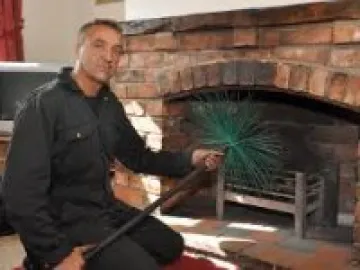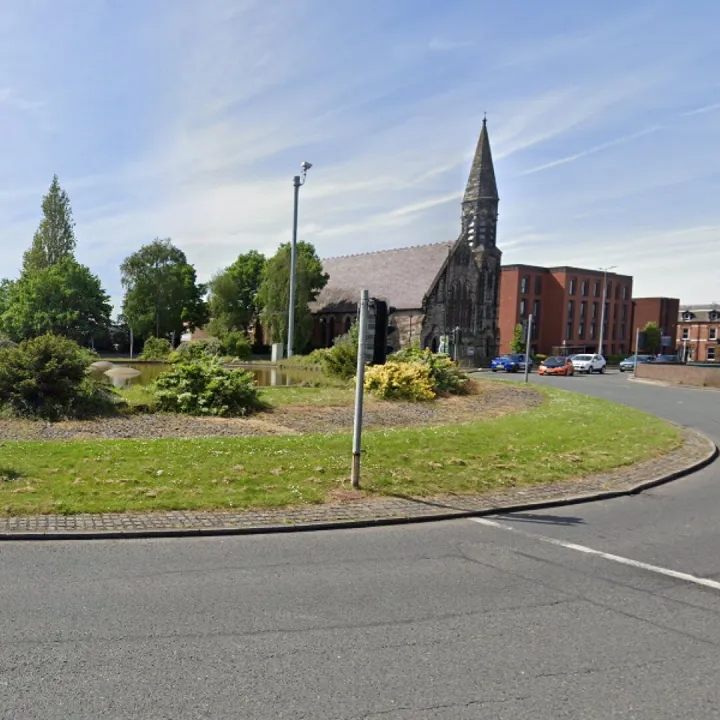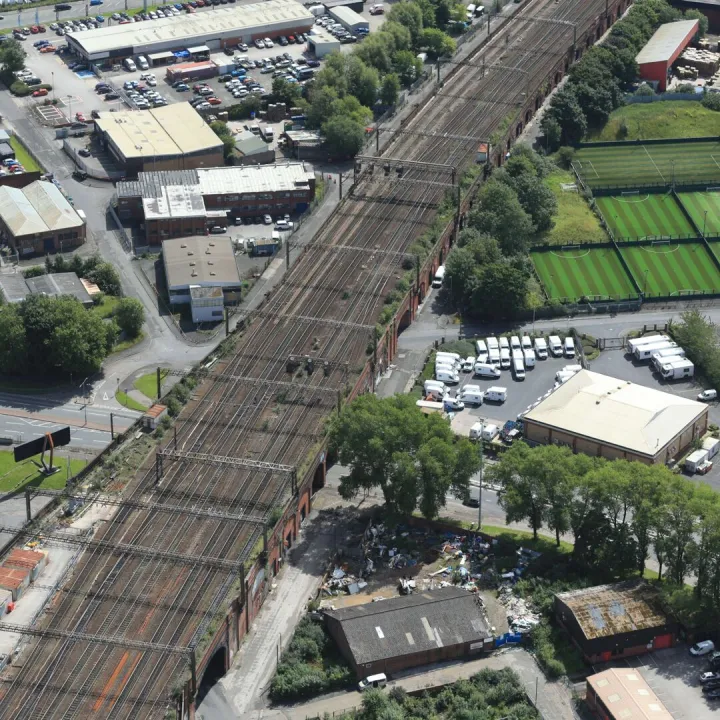Chimney Fire Safety
During 2013/14 fire fighters tackled 105 chimney fires in Cheshire.The latest statistics show that there are approximately 7,000 chimney fires a year in England.

With the colder, winter months looming, people will begin to start using open fires and their chimneys again. In order to keep you and your family safe from fire, you need to take necessary steps such as ensuring your chimney is swept regularly, depending upon what fuel you burn and we would urge all householders to have a working smoke alarm in their home.
Most chimney fires are preventable. Regular inspection and cleaning of chimney flues will help prevent fires within chimneys.
[Top tips for safer chimneys:
]
- Keep chimneys and flues clean and well maintained
- Make sure embers are properly put out before you go to bed
- Always use a fire guard to protect against flying sparks from hot embers
- Clean your chimney regularly
If the worst should happen, a smoke alarm can give you the extra time you need to escape in a house fire – make sure you test yours regularly.
How often should you clean your chimney?
Regular maintenance of your chimney will depend on the fuel you burn:
Oil – Once a year
Gas – Once a year
Bituminous – coal Twice a year
Wood – Up to four times a year
Smokeless coals – At least once a year
Most common causes of chimney fires
- Improper appliance sizing
- Burning unseasoned wet wood
- Infrequent sweeping and cleaning
- Overnight burning or smouldering wood for long periods in wood stoves
All wood burned must have a moisture content of no more than 17 percent.
It is important to purchase the correct size appliance for your room, an appliance which is too large will never be used hot enough to volatalise all of the fuel within the wood and unburned fuel will pass up the chimney as smoke and condense within the flue as extremely flammable creosote.
To minimize creosote production in a wood stove these steps can be followed:
Once the fuel load has been ignited and the flue has been heated to its operating temperature, the stoves air supply should be adjusted to limit the amount of air to avoid over firing and excessive heat loss up the chimney. They should, however, be open enough to maintain moderate flaming combustion in the fire box. (The flames should fill the entire window or fire box without being sucked up the chimney).
To determine if this is maintained the condition of the fire should be checked through any glass panels.
It is important when using a multi fuel stove that you control the burning of the appliance by the air inlets provided for this purpose not using any dampers which could obstruct the safe passage of exhaust from being able to exit the appliance.
Remember a blocked flue can kill and the exclusion of air will put out a fire.
To find a certified Chimney Sweep please visit one of the following websites:
[The National Association of Chimney Sweeps
]
[Guild of Master Sweeps
]
The Association of Professional and Independent Chimney Sweeps
Quick Links
Get In Touch
TarvinOnline is powered by our active community.
Please send us your news and views.







